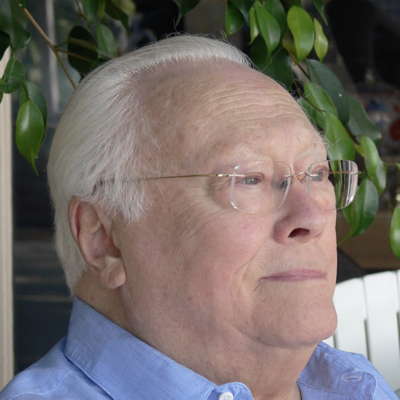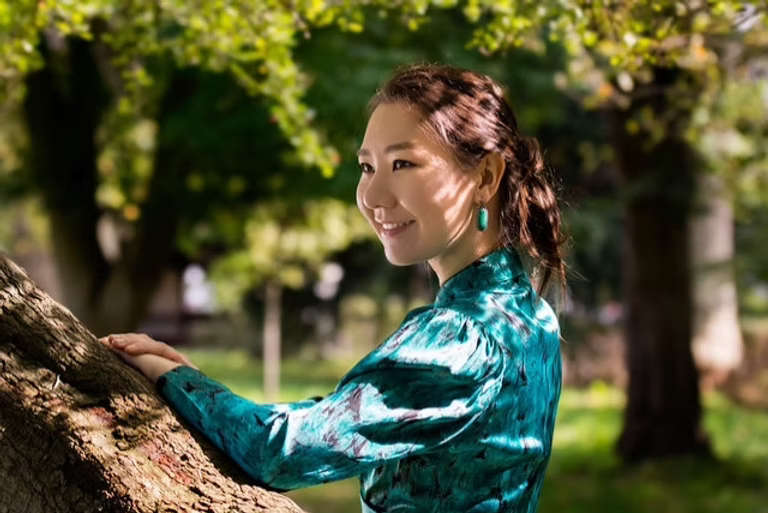- Max Reger
- political
- David Leon Kaplan
- Lincoln Theater
- Ronald Corp
- Lera Auerbach
- Belgians
- Latin American
 VIDEO PODCAST: Find out about composers from unusual places, including Gerard Schurmann, Giya Kancheli, Nazib Zhiganov and Nodar Gabunia, about singing in cars, and meet Jim Hutton from the RLPO and some of our regular contributors.
VIDEO PODCAST: Find out about composers from unusual places, including Gerard Schurmann, Giya Kancheli, Nazib Zhiganov and Nodar Gabunia, about singing in cars, and meet Jim Hutton from the RLPO and some of our regular contributors.
 DISCUSSION: What is a work? John Dante Prevedini leads a discussion about The performing artist as co-creator, including contributions from Halida Dinova, Yekaterina Lebedeva, Béla Hartmann, David Arditti and Stephen Francis Vasta.
DISCUSSION: What is a work? John Dante Prevedini leads a discussion about The performing artist as co-creator, including contributions from Halida Dinova, Yekaterina Lebedeva, Béla Hartmann, David Arditti and Stephen Francis Vasta.
Expressive Contrasts
MIKE WHEELER is delighted by Dina Duisen's piano recital of J S Bach arranged by Busoni, Mozart, Schubert, Paganini arranged by Brahms, Tchaikovsky, Rimsky-Korsakov and a snatch of Schumann
The variation principle was the connecting thread running through Kazakh-British pianist Dina Duisen's programme - Royal Concert Hall, Nottingham, UK, 15 December 2024 - which artfully enclosed two small-scale sets of variations within two imposing examples of later nineteenth-century pianistic takes on violin music from earlier periods.
Busoni's version of the Chaconne from J S Bach's D minor solo violin Partita is perhaps his best-known Bach transcription. Duisen began by bringing out the theme's latent sarabande qualities, before going on to explore the distinctive character of each variation. In what could easily become just a torrent of notes, there was always a clear sense of where the music was going. There was plenty of delicate handling in the quiet variations, to offset the grandeur elsewhere.

Dina Duisen
Duisen began Mozart's Variations on 'Ah, vous dirai-je, Maman' (also known as 'Twinkle, twinkle little star') by keeping the dynamic level right down in the tune itself, as though someone were just humming to themselves. Variation 3 was delightfully skippy, while the minor-key eighth variation was not over-played, The slow Variation 11 had just the right degree of poignancy to contrast with the spinning last variation.
The theme which Schubert took as the basis for the variations making up the third of his second set of Impromptus, D 935, has sometimes been stated to be that of the B flat Entr'acte from his music for the play Rosamunde. It isn't - only the first five notes are the same, after which the two themes go their separate ways. Duisen let us hear Schubert the song composer, in passages calling to mind water imagery from Die Schöne Müllerin and, in the minor-key variation, the miller-lad's moments of doubt. Pearly upper notes added sparkle, before the the piece came gently to rest.
Brahms was just one of the many composers unable to resist the suitability of Paganini's Caprice for solo violin No 24 as the basis for a set of variations or, in Brahms's case, two. Duisen played Book 1, prefaced by a snatch of Robert Schumann's Toccata, Op 7, as a highly plausible influence on the figuration of Brahms' first variation. While keeping the overall shape in view, she was also alert to the expressive contrasts from one variation to the next, particularly from dark colours to light, and back - Variation 3 was a particular high-point, with Brahms recreating in piano terms the effect of the bow crossing and re-crossing all four strings.
Her charming manner and easy rapport with the audience were as delightful as her playing, which was rounded off by transcriptions of two Russian bon-bons: the Dance of the Sugar-Plum Fairy from Tchaikovsky's The Nutcracker, and Rimsky-Korsakov's The Flight of the Bumble Bee.
Copyright © 22 December 2024
Mike Wheeler,
Derby UK



